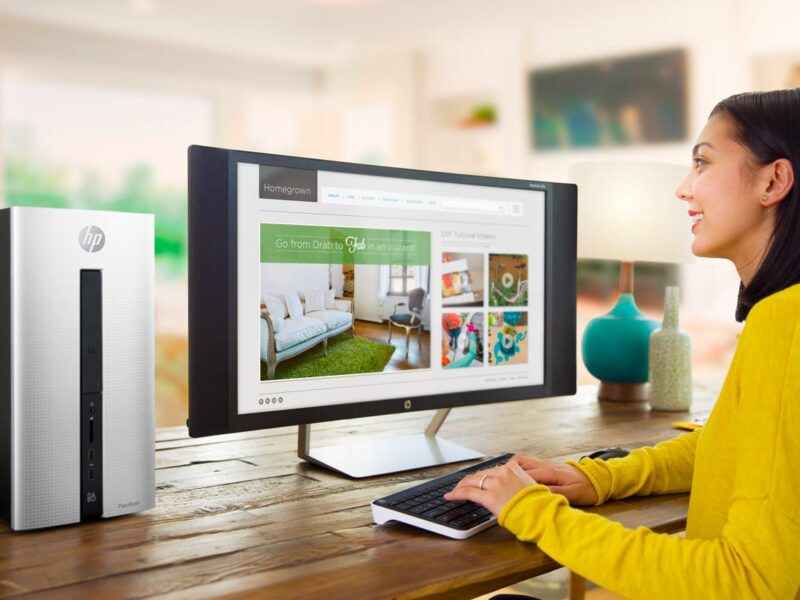Introduction
Computers have gone through the process of evolution. In each home, office, and the like there are now smart, flat-screen monitors. To watch different TV channels, for browsing the internet, playing music, etc. In the aftermath of the pandemic, families are in the safe confines of their home, and they have different ways of spending their leisure. The PC monitor has met the expectations of the same.
Children love to watch entertainment shows, along with their online classes. Teenagers have a fun time playing online and offline games after installing applications on their PCs. The adults convert their PC into their office working equipment. Different types of PC monitors of varied sizes, screen-orientation have come up to suit the needs of online gamers, workers, and students.
Some technical know-how of PC Monitors
- The monitor size is an essential consideration while going for a specific monitor in a room. The 20-28 inches (20″-28″) screen sizes are the most sought after PC monitor sizes.
- Another thing to consider is the Pixels Per Inch (PPI). The display of pictures on the monitor screen consists of millions of pixels (picture elements). They determine the resolution of the PC monitor. The most common monitor resolution is 4k 4096×2160 (horizontal pixels X vertical Pixels, respectively) or 3890×2160 for 4k UHD or Ultra High Definition.
- Colour space of the monitor is another thing to consider as it points to the colours it can display on the screen. The human eye is capable of visualising colour that consists of the colour gamut. The widespread colour gamut is sRGB and Adobe RGB for casual users and DCI-P3 for professionals.
- The curvature of the monitor screens ranges from 1800-4000R (Radius in millimetres). It provides the optimal visual experience; the slight curve complements the peripheral vision of human eyes.
- The measurement of the response time of the changing colours in a pixel is calculated in milliseconds (ms). Casual users can go for 10ms, and online gamers can take monitors with a 1-5 ms range of response time.
- The analysis of viewing angle contrast on the monitor screen gives an idea about the picture quality at different viewing points when compared to the centre watching position. This is measured by two numbers-160 and 120, horizontal and vertical viewing points respectively. 180 degrees is the viewing limit of the monitor.
- Synchronisation refers to the ability of the monitor screen not to alter the fast movements of the picture. The refresh signal of the monitor screen and the video signal from the graphics hardware mismatch causes this alteration. Good synchronisation ability of a monitor makes for better reproduction of images.
- PC monitors also come with multiple numbers and types of ports like HDMI, USB, Ethernet etc. This feature allows connectivity to multiple devices at once.
- Aspect Ratio denotes the ratio of the width to height of the monitor screen. This specification defines your default screen-orientation, though it is possible to alter it later.
- The High Dynamic Range (HDR) feature available on PC monitor screens allows for better brightness and contrast. HDR gives sharper and more colourful pictures on the monitor screen.
Conclusion
PC monitors bring the family together, under the same roof. The customisable features it allows, transform it into a TV, gaming booth, office work computer, online classes gadget, etc. Their flat screens in sleek designs are attractive to customers. These devices are in the race of rapid innovation, being a high tech device with an internet connection and limitless potential. The PC monitor is genuinely an unbeatable product.


![How to solve [pii_email_5439177ede8301c50c44] error](https://jordandream.com/wp-content/uploads/2021/08/How-to-solve-pii_email_5439177ede8301c50c44-error-305x207.jpg)
